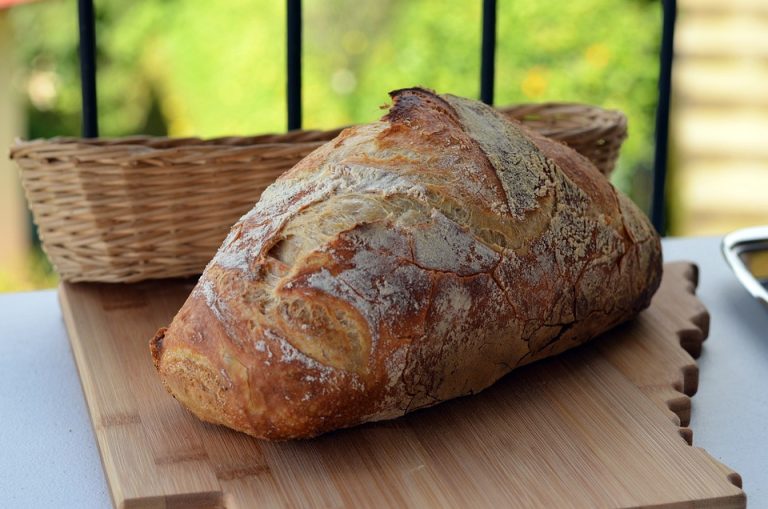
Baking homemade bread is a beloved tradition in many families and communities. Not only does it fill the home with a warm, comforting aroma, but it also provides a delicious and satisfying staple for meals. Many people are also curious about the caloric content of homemade bread, especially for those who are watching their weight or managing their calorie intake.
The caloric content of homemade bread can vary depending on the type of bread, the ingredients used, and the portion size. However, on average, a standard slice of homemade white or whole wheat bread contains approximately 70-80 calories. This is comparable to commercially-produced bread, although homemade bread may have a slight variance in calories due to the specific ingredients and baking methods used.
One of the reasons homemade bread can be a healthier choice is because it often contains fewer preservatives, additives, and artificial ingredients compared to store-bought options. Additionally, many homemade bread recipes allow for healthier alternative ingredients, such as whole grain flour or seeds, which can add fiber and nutrients to the bread.
When it comes to caloric content, it’s important to consider portion sizes as well. A larger slice of homemade bread will, of course, contain more calories than a smaller slice. Many homemade bread recipes also call for added ingredients like butter, sugar, or honey, which can increase the caloric content. It’s important to be mindful of these additions and consider them when calculating the overall caloric intake.
For those who are concerned about the caloric content of their homemade bread, there are some adjustments that can be made to lower the calorie count. For example, using a lower calorie sweetener, such as stevia instead of sugar, or substituting applesauce for butter can help reduce the calorie content. Additionally, using whole wheat flour instead of white flour can add more fiber and nutrients to the bread, which can make it a more satisfying and filling option.
Overall, homemade bread can be a nutritious and fulfilling addition to a healthy diet. By being mindful of ingredients and portion sizes, it can easily fit into a balanced eating plan. With a little bit of awareness and some tweaks to the recipe, homemade bread can continue to be a delicious and satisfying part of many meals, without compromising on health and nutrition.